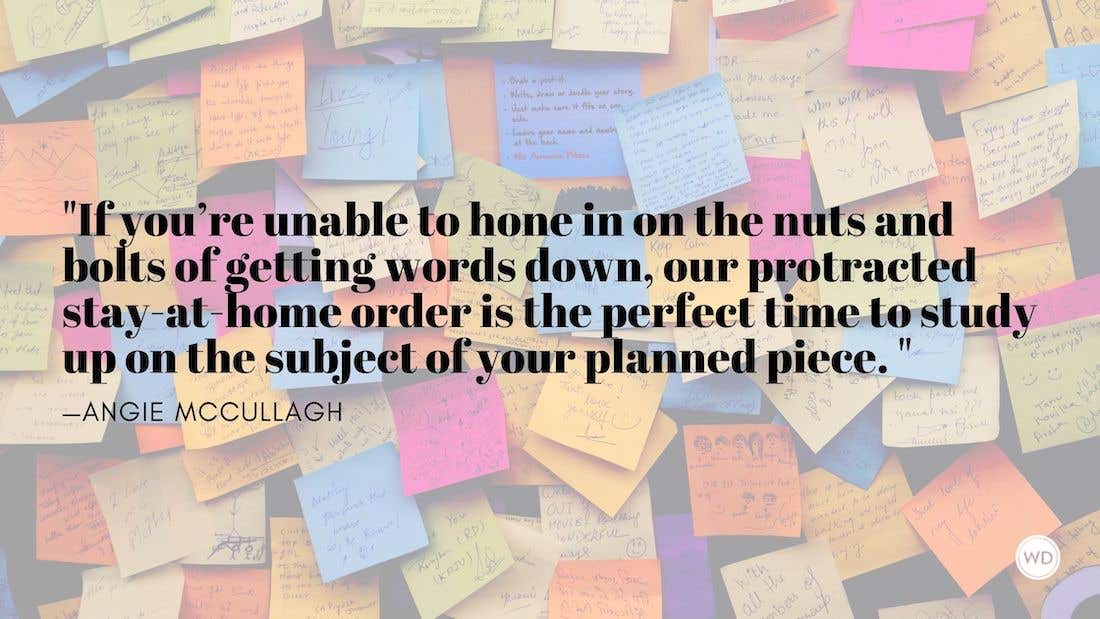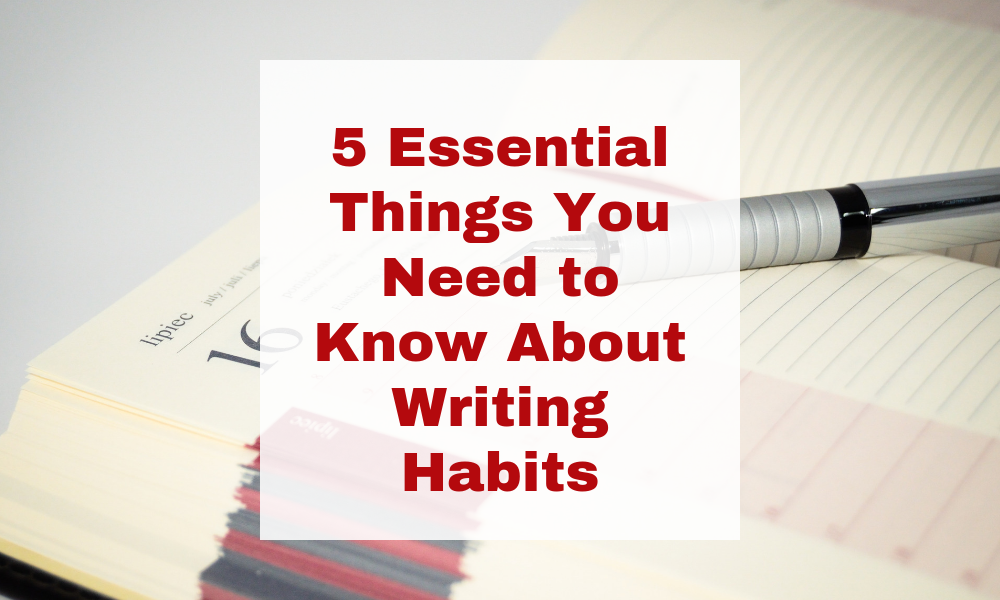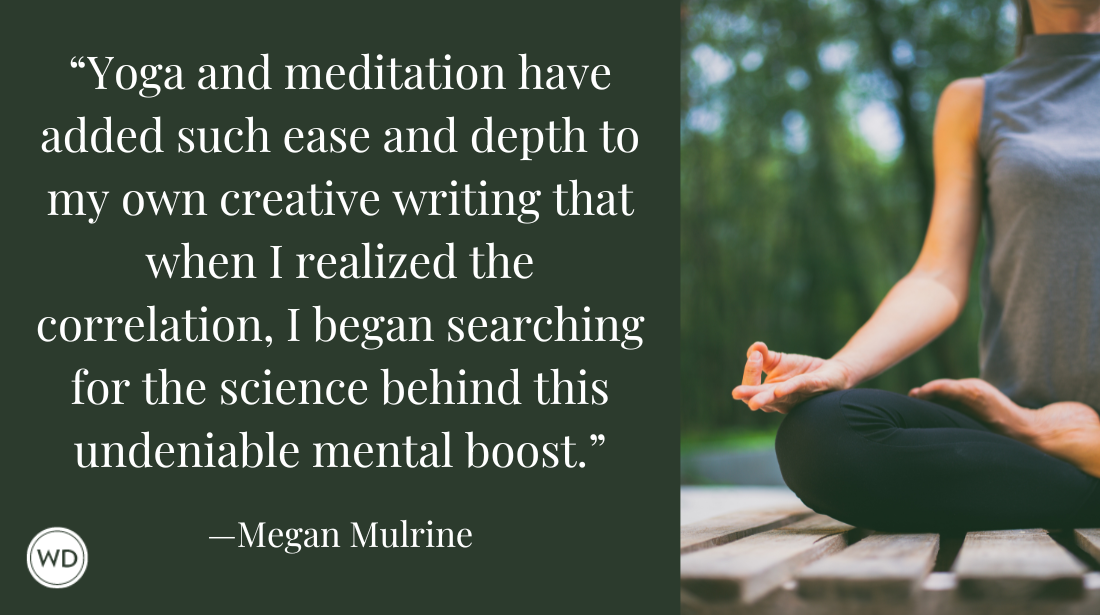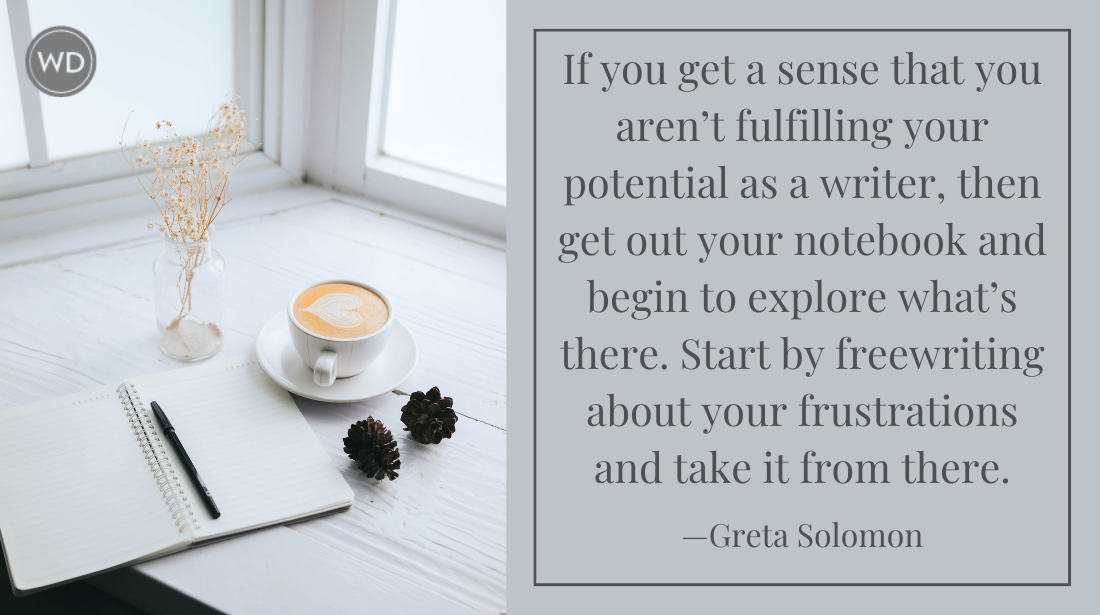Meeting of the Minds
Get your bossy, literal-minded left brain in touch with its more creative counterpart.
When I was a teen, I asked my mother if I could clip a rose from her garden to give to a date. "Sure," she said. "In fact, the more roses you clip, the more the plant produces."
I've carried this metaphor with me ever since, and thought of it recently when I noticed something about my paintings. Rather than sapping my creative juices, my afternoons at the canvas actually increased the energy and vividness of subsequent writing sessions. I began to investigate if there was something going on in my brain that would account for this cross-pollination—and if this was something that other writers could use to invigorate their creative powers. The answer is a resounding yes, and it has everything to do with being in your right mind, at the right time.
HEMISPHERIC DIPLOMACY
In the 1970s, neuroscientist Roger Sperry conducted studies on epileptics who had undergone split-brain operations—a severing of the corpus callosum, the bundle of nerve fibers that connects the two hemispheres of the cerebral cortex. The studies revealed remarkable differences in the ways the two hemispheres process the world. The left operates in a linear fashion, piecing things together in a logical, sequential assembly of parts; it also contains the mind's center for language skills (both written and spoken) and calculation. The right hemisphere operates through images, concepts and patterns; it possesses a much higher capacity for ambiguity and complexity, as well as a special aptitude for spatial relationships.
Sperry's conclusions found an immediate place in popular culture; people began calling themselves "right-brainers" and "left-brainers" in the same way that one would say "Virgo" or "Republican." Artists tend to jump on the right-brain bandwagon, which, especially for writers, can be an egregious misnomer (remember those left-brain language skills?).
In her 2004 book, An Alchemy of Mind, science-poet Diane Ackerman writes, "Mind isn't a tug-of-war with the left brain on one side and the right brain on the other, but a collaboration, an open exchange."
The secret for the creative writer isn't to lean inordinately on one hemisphere or the other, but to manipulate the lively conversation going on between the hemispheres, through the corpus callosum.
In her 1983 book, Writing the Natural Way, Dr. Gabriele Rico brought Sperry's findings to the field of creative writing through the practice of clustering. The writer develops an idea by writing a nucleus word, circling it, then quickly writing associated words around it, circling them and drawing lines that connect back to the nucleus. The neat mental trick that this resultant spider web performs is to take words—generally under the purview of the left brain—and turn them into a piece of visual art, which taps into the pattern-seeking abilities of the right brain. And that is where innovation comes from.
"It's the right brain that processes all novel stimuli," Rico says, "whereas the left brain simply tunes it out. Any idea or exciting thought about character or plot has to come through the right brain, because the left brain recognizes only what it has already learned."
The biggest obstacle in the creative process comes from the left brain, which, with its flair for logic and its ceaseless yakking, is bossy and overbearing. In a wacky family sitcom we'll call "Meet the Brainers," little Roger Right Brainer is a shy but imaginative daydreamer, filled with ideas. Anytime he tries to express one of them, however, his literal-minded big sister, Lucy Left Brainer, says, "Oh, that's just stupid," or "What have you been smoking?"
The secret of clustering is to get Lucy to just shut up and listen to Roger's idea. The thing is, you're going to need Lucy eventually, because at a terribly exciting moment that Rico calls the "trial-web shift," you'll identify the pattern contained within that cluster and need to call up those left-brain language skills in order to pin it down on paper.
"Risking an analogy, your (right) mind attends to the melody of life, whereas your (left) mind attends to the notes that compose the melody," Rico writes. "And here is the key to natural writing: The melodies must come first."
CHILD'S PLAY
"It takes a long time to become young again."
—Picasso
Most creators know that a childlike sense of play is essential to the artistic process, but they may not be aware of the very real scientific basis for this idea. In early childhood, the corpus callosum is non-functioning, allowing the two hemispheres to develop independently. This great plasticity of mind allows infants to gobble up the world around them in large chunks, and to make associations in a highly imaginative, playful, right-brain fashion. It also allows them to inhale language like little linguistic geniuses.
The hemispheres begin to specialize at age five, when most children have mastered speech. The corpus callosum achieves full function between the ages of nine and 12, and the left brain takes over with a vengeance. Suddenly that kid who used to draw purple grass and blue suns turns into a literal-minded peer conformist. The pattern is reinforced by an educational system with a decided left-brain bias (the best creative minds tend to score a rather pedestrian 120 to 130 on the IQ test), and a lot of people just get stuck there.
Like me. For 20 years, I gave up on visual art because I couldn't "draw"—that is, take an object from real life and reproduce it on paper. One night, I found myself at a restaurant with a paper tablecloth and crayons, and began to draw random lines that intersected like roads on a map. When I began to see the outlines of faces, I applied eyes, noses and mouths, and suddenly I had a place setting of fantastical creatures from some sneaky, playful menagerie in my brain. Five years later, they've made their way onto large, acrylic paintings, hanging on the walls of a coffeehouse in Tacoma. Naturally, they draw comparisons to Picasso, who seems to represent the playful, childlike artist in all of us.
STRIKING A BALANCE
So, have I found the answer to my original question? Almost. In his 2001 book, Mozart's Brain and the Fighter Pilot, neuropsychiatrist Dr. Richard Restak posits the notion that the most effective brain is the one that achieves the best balance between the hemispheres. Consider your own writing sessions. Isn't it much easier to focus while listening to instrumental music? That's because song lyrics tap into the same left-brain language center you're trying to use for your novel or poem, and jam up the works.
"As a practical application of your new knowledge of cerebral geography," Restak writes, "look for ways of combating mental fatigue by switching to activities that use different parts of the brain."
You probably do this already. When you're writing and feeling tired, don't you look up from the page and gaze at some distant object? You're not just resting your eyes; you're resting your left brain by switching over to the right brain for a brief study of pattern and color. If you perform the same action when searching for your next line, or looking for just the right word, you may be using that lamp or painting or barista (or the silver sedan I've been staring at for 20 seconds now) as a catalyst for your conceptual right-brain idea factory.
If you're paying attention, you may now be experiencing a "trial-web shift." Feel free to say "Aha!" or "Eureka!" If an author uses pattern play and visual imagery to find that next line, could he not use a couple hours of painting as a way of "priming the pump" for a writing session? Dr. Rico?
"Absolutely," says Dr. Rico. "And people who don't spend any time in the spatial realm of images will never get to prime the pump."
Reinforcing this image-idea connection is the way so many authors receive major plot-turns as mental Polaroids. Rico cites a recent interview with author Joan Didion, who says that she begins her novels with nothing more than a single visual image. The final scene of my own work-in-progress also arrived in this package—a freeze-frame of two former lovers meeting unexpectedly on a dance floor. How did they get there? What happens next? My left and right brains will just have to grapple with each other until we figure that out.
All of which brings us to softball (no, really). My best writing sessions come after my Wednesday slow-pitch league, when I adjourn to a café across the street and write my little head off. This now makes perfect sense. Not only does a softball game flood your brain with oxygen, it's an hour-long bonanza of pattern assessment and spatial study; consider the complex judgments involved in chasing down a fly ball or striking a round ball with a round stick. Then, after writing, I decompress by playing pinball—yet another study of pattern, motion and space. As it turns out, my Wednesday nights are a veritable tennis match of left- and right-brain activities.
THE MIND 2.0
Frankly, this is all highly simplified; the brain is too marvelous and complex to contain in one modest article. But I hope I've given you a few ways for your brain to know itself. Perhaps the most important lesson of all is to know that your brain is an organism that's designed to redesign itself. If you're feeling stuck, you don't have to stay that way.
An astounding example of this comes from one of our experts, Ackerman. Three years ago, her partner, Paul West, author of 45 nonfiction books, suffered a stroke that left him aphasic—unable to speak, write, understand or even process language.
"But his creativity remained intact," she says, "to be expressed in words, despite his loss of the language areas. After a colossal daily effort on his part, and mine, to recruit other areas of the brain for language use, he's written an aphasic memoir, short stories and a novel, and he's midway through a second novel."






